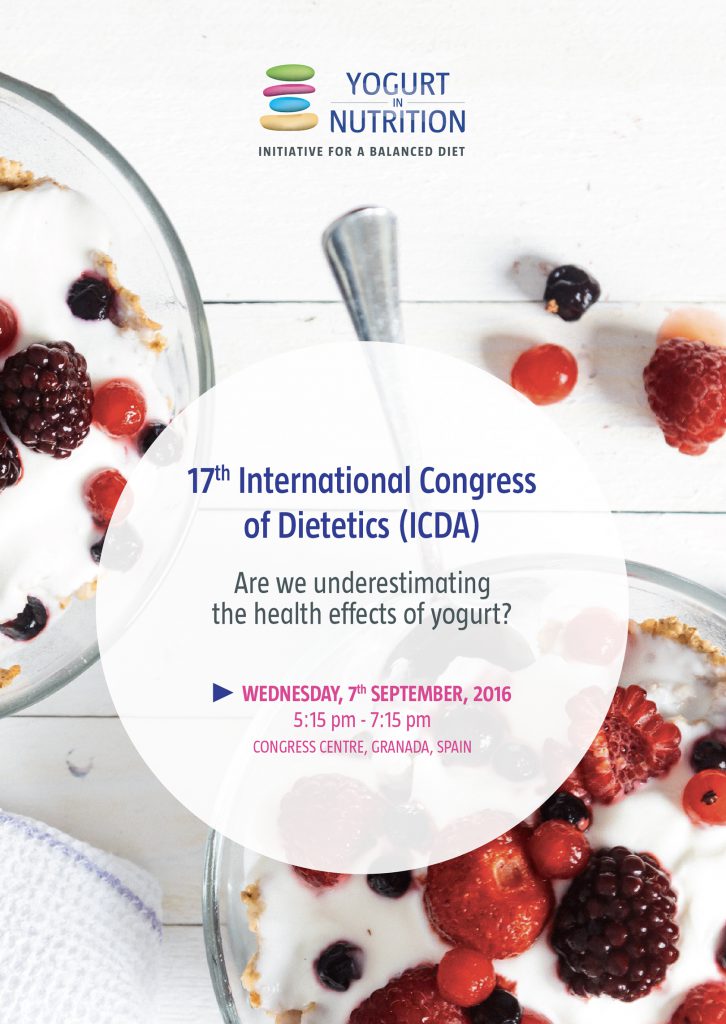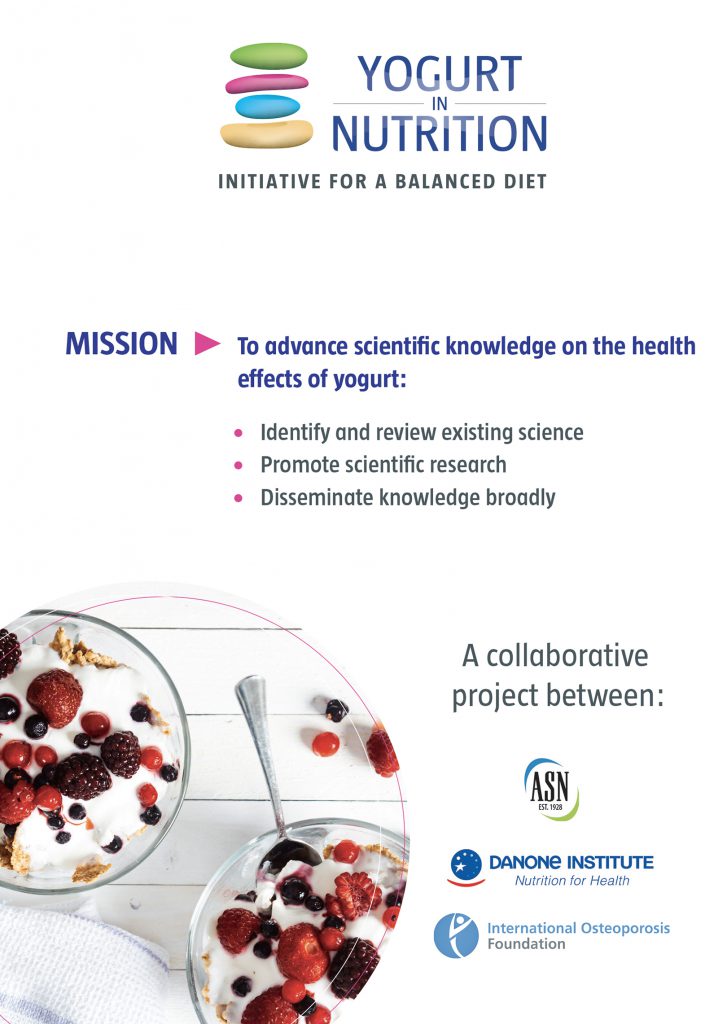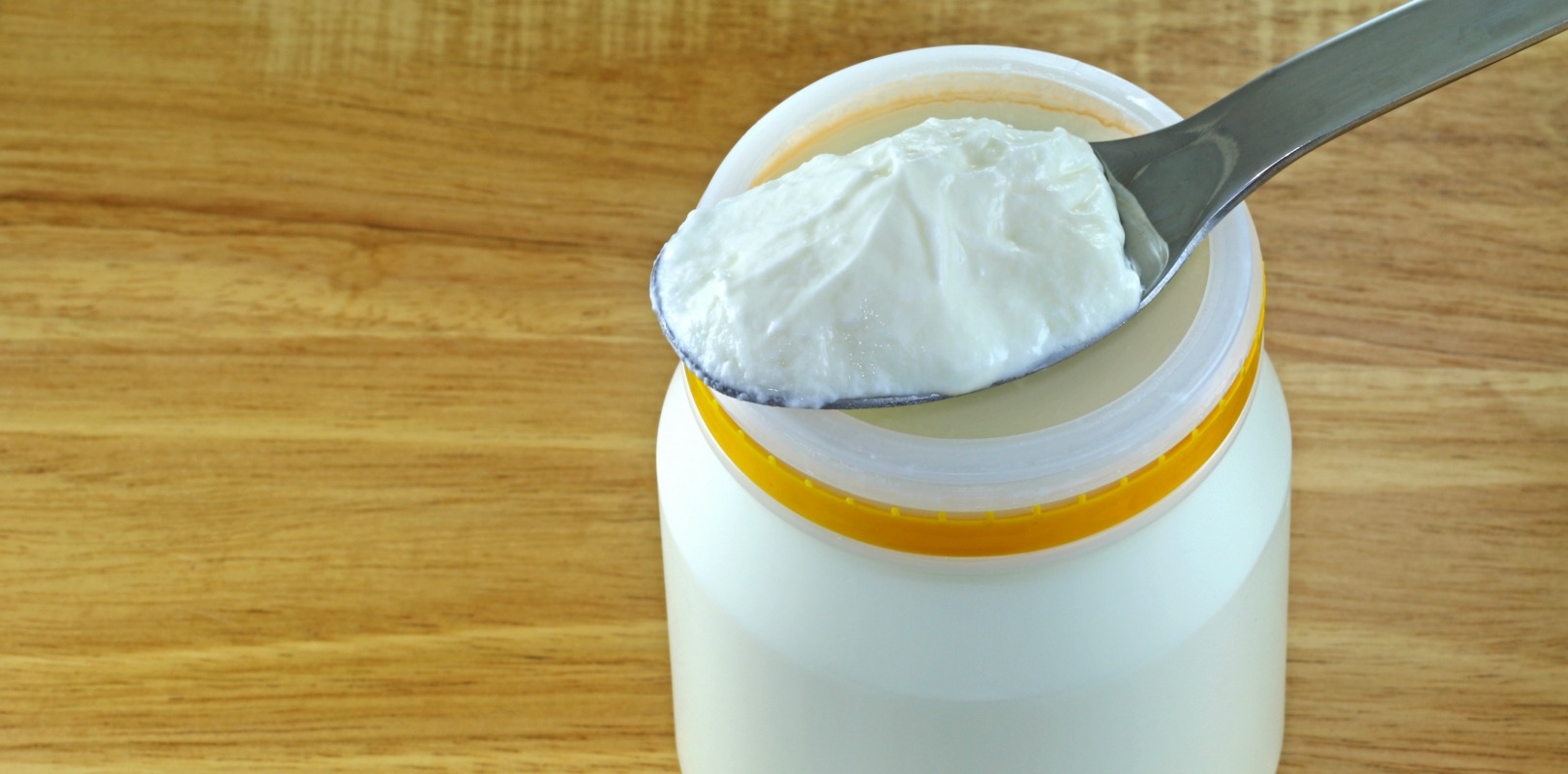What’s wrong with lactose?
Lactose is the sugar of mammals and plays a relevant role in the very early life. Besides its role as energy provider, it exhibits several health effects in young children, including a prebiotic effect on the gut microbiota. Basically, during digestion, the enzyme lactase, which is produced by the cells lining the small intestine, breaks down lactose into simple sugar units that can then be absorbed into the bloodstream. Lactase activity reaches a peak during childhood.
If the cause is unclear, it is a fact that lactose maldigestion develops gradually as the body produces less lactase over time. Lactose maldigestion increases with age during adulthood. « About two thirds of the world population undergoes primary lactase deficiency », said Professor Lorenzo Morelli, Chair professor of Food Microbiology and Director, Istituto di Microbiologia UCSC, Piacenza-Cremona, Italy. Additionally, in individuals with lactase persistence, the occurrence of gastrointestinal diseases and other health issues can also cause a decrease in lactase activity (secondary lactase deficiency).
Whatever the cause, lactase deficiency results in unabsorbed lactose being present in the intestinal tract, which has effect that can lead to symptoms of lactose intolerance in susceptible individuals. In fact, the percentage of people concerned by these symptoms due to lactose maldigestion is rather low.
Self-perceived lactose intolerance and dairy avoidance
Nowadays, lactose intolerance symptoms are often reported, but frequently as a consequence of an auto diagnosis. Most people who believe to be lactose intolerant apparently stop consuming dairy products. There are some collateral effects of such a behaviour: avoiding dairy products means missing out on several key nutrients and potential health benefits.
« However, this is not fully justified », argued Lorenzo Morelli. « On one hand, studies have shown that a small dose of lactose can be tolerated (12g/day), even by maldigesters. Higher doses may also be tolerated, if distributed throughout the day. On the other hand, some cheeses contain no lactose at all (hard cheese by example) ». Last but not least, the lactose in yogurt is digested more efficiently than other dairy sources of lactose, because the bacteria inherent in yogurt assist with its digestion.
How yogurt helps managing lactose maldigestion
« The mechanism is related to the resistance of lactase present in the yogurt bacteria through the digestion », said Morelli. The bacterial lactase survives the acidic conditions of the stomach, apparently being physically protected within the bacterial cells and facilitated by the buffering capacity of yogurt. The increasing pH, as the yogurt enters the small intestine, and a slower gastrointestinal transit time allow the bacterial lactase to be active, digesting lactose from yogurt sufficiently
Yogurt has its own claim in Europe
The generic yogurt EFSA claim is that « Live yogurt cultures in yogurt improve digestion of lactose in yoghurt in individuals with lactose maldigestion ». The opinion of EFSA, also emphasizes the importance of living ferments contained in yogurt at the ingestion but does not require survival of the bacteria cells during intestinal transit. », concludes Morelli. This species-related trait is also recognized at the regulatory level by the FAO and the WHO.
Highlights
- About two thirds of the world population undergoes a primary lactase deficiency
- Yogurt bacteria are able to hydrolyze lactose thanks to their specific uptake system
- Yogurt bacteria have to be viable at the moment of ingestion to exhibit their positive effect
- The lactose hydrolyzing ability of yogurt bacteria has been successfully recognized by an EFSA Claim in Europe
- The opinion of EFSA confirms the position of other national and international authorities, such as the WHO and FAO
References
-
Deng Y. et al., Nutrients, 2015; 7(9): 8020-35.
-
EFSA Journal, 2010; 8(10): 1763.
-
Lukito W. et al., Asia Pac J Clin Nutr., 2015; 24 Suppl 1: S1-8.
-
Savaiano D.A., Am J Clin Nutr., 2014; 99 (5): 1251S-5S.
-
Szilagyi A., Nutrients, 2015; 7(8): 6751-79.
-
Wahlqvist M.L., Asia Pac J Clin Nutr., 2015; 24 Suppl 1: S21-5.
-
MILK and dairy products in human nutrition, FAO, Rome, 2013


















































